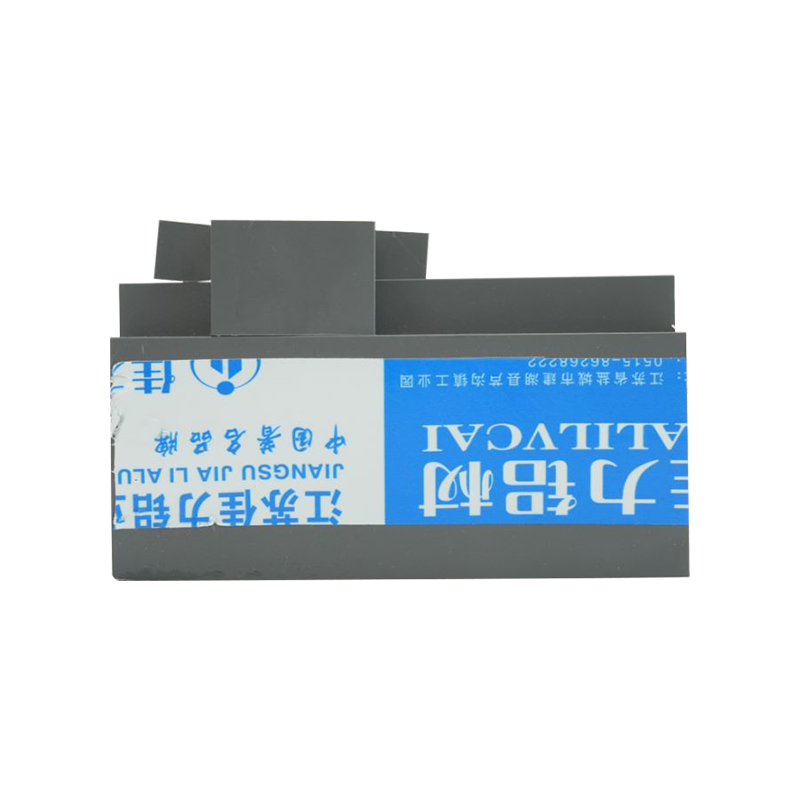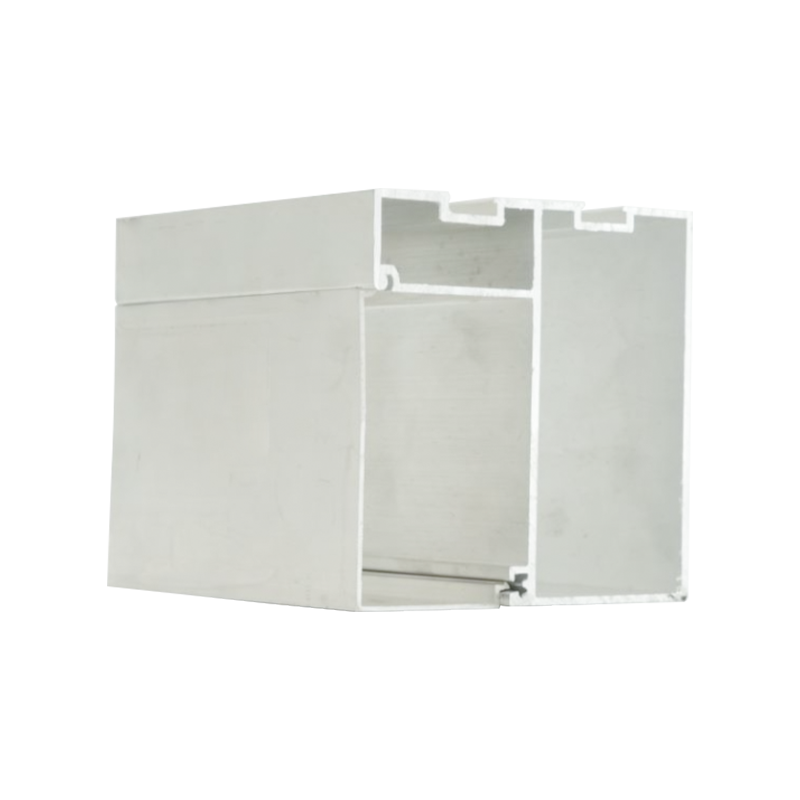Industrial aluminum profiles, or aluminum extrusion profiles, have transformed the manufacturing world with their versatility, strength, and lightweight nature. Derived from aluminum rods through processes like hot melting and extrusion, these profiles offer a range of cross-sectional shapes tailored to specific applications.
The journey from raw aluminum to a finished profile is intricate and requires precision. Aluminum rods undergo several initial processes, including rolling, extrusion, stretching, and forging, to achieve the desired shape. The particularly extrusion an processod isizing particularly, significant creates as an it oxide molds film the on rod the into profile the' profiles's structure, defining its mechanical properties. Post-extrusion, profiles are refined through cutting, bending, stamping, and surface treatment. Surface treatment, surface, providing corrosion resistance and enhancing its aesthetic appeal.
Precision machining and customization further tailor these profiles to meet specific client needs. CNC machining and specialized machinery are often used to achieve exact specifications. The end result is a versatile, anodized industrial aluminum profile ready for further customization.
Industrial aluminum profiles' unique blend of properties makes them indispensable across various industries. In the automotive sector, they provide lightweight and strong materials for car bodies, engines, and suspension systems. The aerospace industry relies on their lightweight and high strength-to-weight ratio for aircraft fuselages, wings, and engines. Electronics manufacturers appreciate their heat dissipation and processing capabilities, making them ideal for smartphone, computer, and television casings and heat sinks.
Builders and architects value aluminum profiles for their lightweight and high strength, using them in building templates, doors, windows, and curtain walls. In transportation, they help reduce vehicle weight, improving fuel efficiency in metro cars, light rail vehicles, and high-speed trains. The energy sector also benefits from aluminum profiles in renewable energy applications such as solar panel mounts and wind turbine blades.
Looking ahead, several trends will shape the future of industrial aluminum profiles. The demand for high-performance materials with increased strength, toughness, and corrosion resistance will drive innovation. Manufacturers are increasingly adopting greener production methods to address environmental concerns, improving resource utilization and reducing energy consumption.
Smart manufacturing technologies, including automated equipment and smart production lines, are enhancing productivity and product quality. These advancements are enabling manufacturers to produce profiles with greater precision and efficiency, meeting the evolving demands of modern manufacturing.

 ENG
ENG
 English
English русский
русский 中文简体
中文简体 Español
Español bahasa Indonesia
bahasa Indonesia






